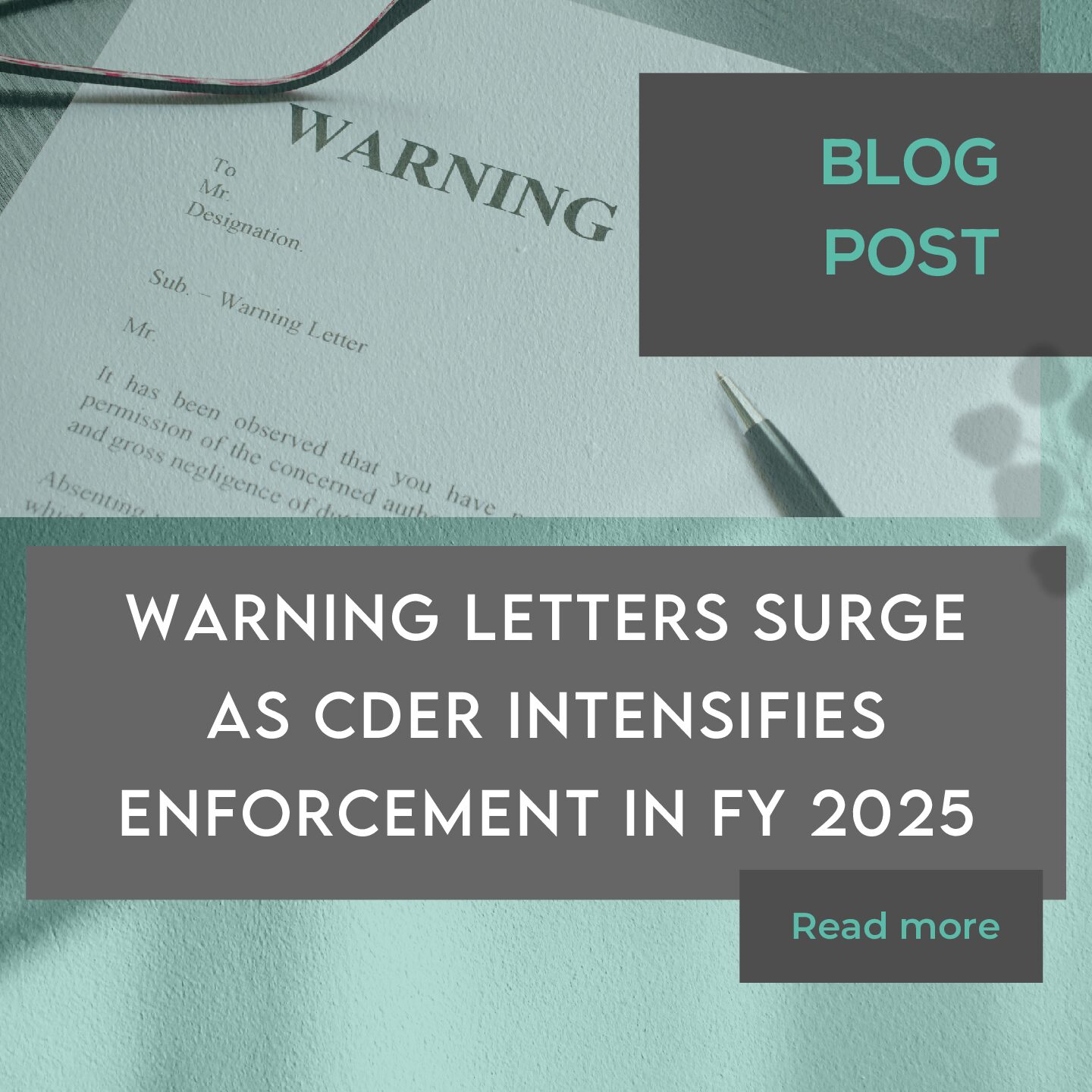Clinical trials, when conducted with great care, are the safest and fastest way in having a treatment approved for use to improve public health1. A clinical trial is an investigation conducted under a protocol which assesses the efficacy and safety of a treatment in humans. The safety and efficacy of a treatment are demonstrated through data analysis of the intervention options performed through the investigation, and as such are also the basis for approval of the treatment. As with any statistical analyses, investigators must be mindful of the potential for bias, or the preconceived personal inclination that influences the way a measurement, analysis, assessment, or procedure is performed2. Reducing and avoiding biases ensures clinical results are accurate and make all the difference between a successful and unsuccessful treatment—such as for cancer or Alzheimer’s. Furthermore, we want to avoid making false claims based on inaccurate information. Now, the question is – how do we avoid biases? Through awareness and careful consideration in each clinical trial phase, one can work towards producing accurate data while minimizing costs and maximizing efficiency.
As mentioned before, statistical biases are inaccurate data and conclusions caused by partial judgment or personal preferences, which can occur at any stage of a clinical trial. Biases primarily stem from human error and rise from four sources: design, conduct, analysis, and evaluation of results. It’s important to recognize that it is almost impossible to completely avoid bias, but it is in the best interest of researchers to minimize biases for cost and time-savings down the road. Biases can occur 1. in reading up on the field, 2. in specifying and selecting the study sample, 3. in executing the experimental maneuver, 4. in measuring exposures and outcomes, 5. in analyzing data, 6. in interpreting the analysis result, and 7. in case-control trial2.
Awareness and mindfulness are key to avoiding biases throughout all stages of the clinical investigation and trial process. Hand in hand, careful planning, standardization, and detailed protocols can help with reducing biases. For example, one of the most common types of biases is selection bias—different criteria used to recruit and enroll patients in a study—which can occur during the planning stage. Ensuring the sample population is truly a random selection, large enough, and selected from the targeted patient population can help investigators avoid biases. Also consider introduction of biases and variability based on trial location, trial length, and patient age, just to name a few3.
Investing time, staying mindful of biases, and detailed planning prior to conducting a clinical trial will help ensure a successful clinical investigation with the potential to improve the health and well-being of many. Avoiding biases prior to, throughout, and during the data collection and analyses of clinical trial results can demonstrate your organization’s commitment to data integrity and safety to regulators and customers. EMMA International’s team of experts can help successfully plan and conduct clinical trials for clients to ensure cost-effectiveness and compliance. Give us a call at 248-987-4497 or email info@emmainternational.com to learn more!
1 Commissioner, O. of the. (2014, September 12). Basics about clinical trials. U.S. Food and Drug Administration. Retrieved July 26, 2022, from https://www.fda.gov/patients/clinical-trials-what-patients-need-know/basics-about-clinical-trials
2Chow, S.-C., & Liu, J.-P. (2014). Design and Analysis of Clinical Trials: Concepts and Methodologies. John Wiley & Sons.
3 Pannucci, C. J., & Wilkins, E. G. (2010). Identifying and avoiding bias in research. Plastic and reconstructive surgery, 126(2), 619–625. Retrieved July 26, 2022, from https://doi.org/10.1097/PRS.0b013e3181de24bc





